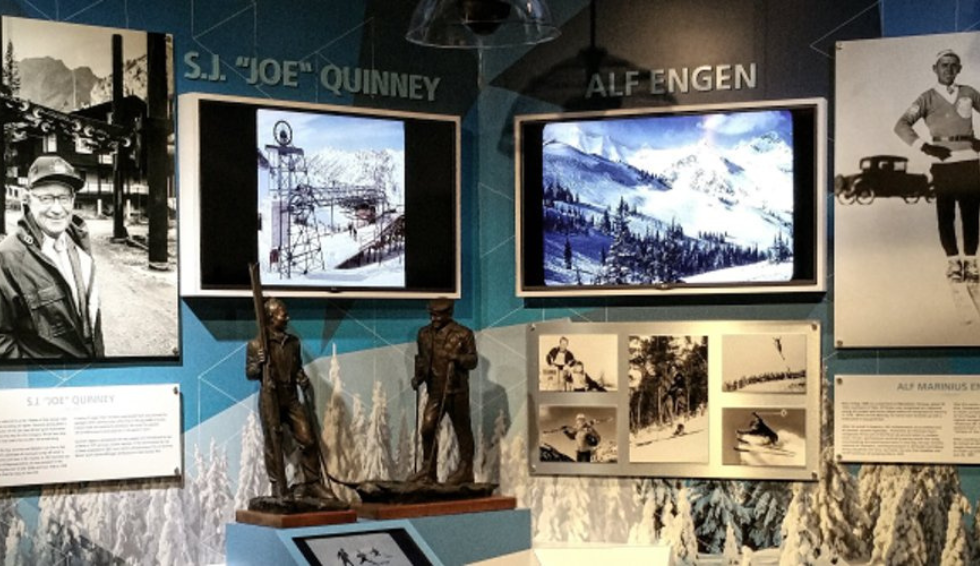
Peak Achievement: Alf Engen Ski Museum Shares Grant Success
Each year, the Utah State Historical Records Advisory Board (USHRAB) awards grants to organizations throughout the state to assist with the preservation and public access of our state’s history. These grants are made possible by funding from the National Historical Records and Publications Commission at the National Archives. As we get ready for the USHRAB’s 2024 funding season, we’re going to spend the next couple weeks getting to know our current grantees projects and the work the Board does to make Utah history more accessible.
The Alf Engen Ski Museum Foundation was established in 1989 with the mission to preserve the rich history of skiing in the Intermountain Region. There are two world-class museums: the Eccles 2002 Olympic Winter Games Museum and the Alf Engen Ski Museum. Their interactive and virtual exhibits place you in the epicenter of the past, present, and future of winter sports in the Intermountain Region, and give you a look into one of the most extensive collections of Olympic/Paralympic Winter Games memorabilia in the United States.
What is one fun fact about your organization that the general public might not know?
The original idea for our museum was inspired by Alf Engen’s scrapbooks, created throughout his career by his mother, Martha Engen. The scrapbooks were donated to the Utah Ski Archives at the J. Willard Marriott Library, but they could not retain Alf’s other memorable items, such as his skis and awards – thus the idea of a museum was formed.
Originally the plan was to create an A-Frame building up at Alta to house the museum, but it was decided the museum should be placed somewhere where more people would have access to it. Our museum location is only a short distance (2.4 miles) from the famed Ecker Hill, where Alf spent many years jumping and broke multiple records and was also the site of the 2002 Olympic bobsled, skeleton, luge, and ski jumping events.
What is your project? What kinds of documents are you working with?
We are digitizing DVDs, CDs, and VHS tapes that cover a large array of subjects from original historical ski and snow sports footage to documentaries and interviews of ski legends to institutional records that tell the story of our first 10 years of operation.
Projects like this take a lot of time, labor, and care to complete. Can you tell us a little about the folks who will be working on this project? What are their roles, responsibilities, and motivations?
We have had a few different people help with this project, but predominantly the work has been done by three people.
Thayne, one of our Museum Guides, who in addition to running our interactive exhibits, also helps us in our archive room weekly. Thayne has a deep love for ski history and was enthusiastic to lend his help to this project. He has been instrumental in getting the digitization part of the project complete.
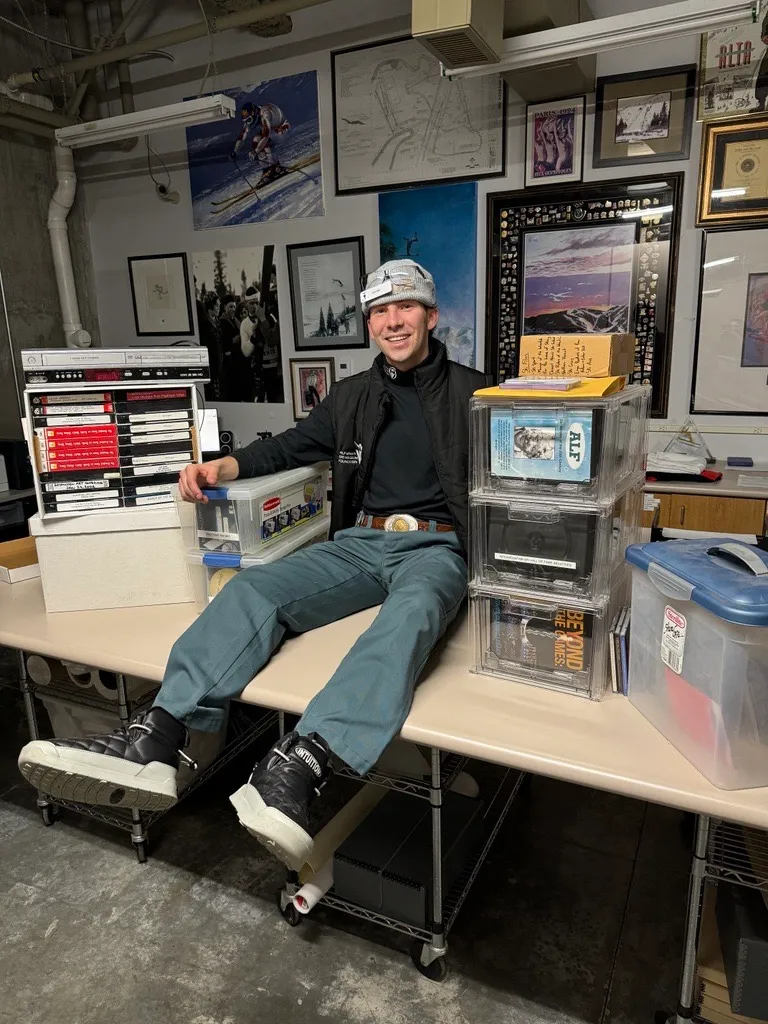
Jamie is our Operations Manager at the museum. In addition to many other duties, Jamie leads the way in keeping our archive room and collection organized making him essential to the project. Jamie has been tracking the progress of our digitization and creating social media posts, while also completing a lot of the digitization himself.
Maddie is our Museum Manager. Her responsibilities as it relates to this grant are marketing and project management. She has been tracking the progress of our digitization, completing social media posts, and making sure it gets properly added to the website.
Why did you/your organization choose these documents as your project? What makes these items special or significant?
Our organization chose these documents for the project because these are objects whose original format makes them inaccessible to the public, but through digitization can be easily enjoyed by all.
Once this project is complete, what will your organization do with these records? Do you have any exhibits (in-person or digital), unveiling, etc. that you would like to do?
The relevant videos have been added to our website’s interactive library, and we continue to post videos and photos to our social media as well. Also, we plan to add videos and photos to our interactive touch table, an in-person exhibit, so our visitors can see these records in person.
What do you hope that the general public will do with these records once they are accessible?
We hope that the general public uses these records to conduct research projects, interest ski history enthusiasts, and provide family/friends of local ski legends with additional content on their loved ones.
Is there anything else you would like people to know about your organization or project?
We are very excited to add these records to our interactive touch table experience. Our touch table, which currently has over 2,300 items on display, is the perfect place to dive deep into ski history. With four different quadrants, the exhibit allows for multiple visitors to explore our archives at the same time. They can search for a specific key figure, an old favorite ski, a certain period or location, etc. There is so much great content in this exhibit, and the records we have digitized are a perfect fit to expand the items on display.
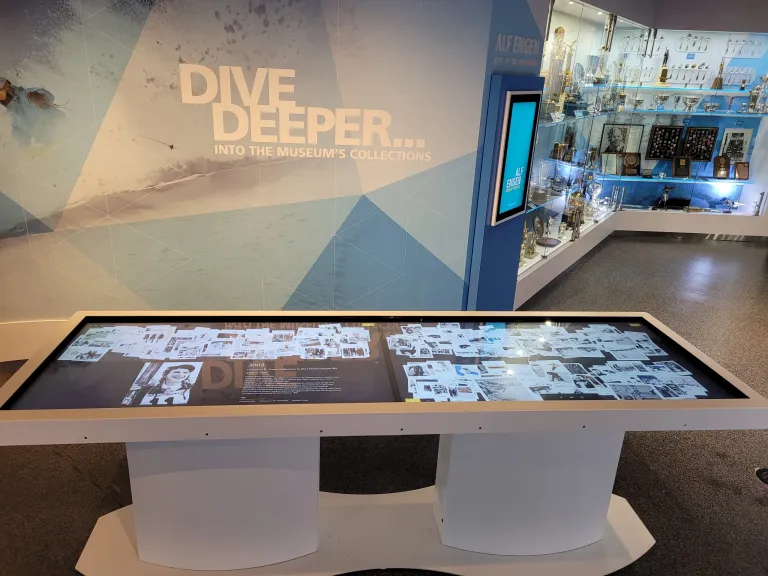
The USHRAB’s grant program is funded by a State Board Programming Grant from the National Historical Publications and Records Commission at the National Archives. The USHRAB assists public and private non-profits, as well as non-Federal government entities throughout the State of Utah in the preservation and use of historical records.
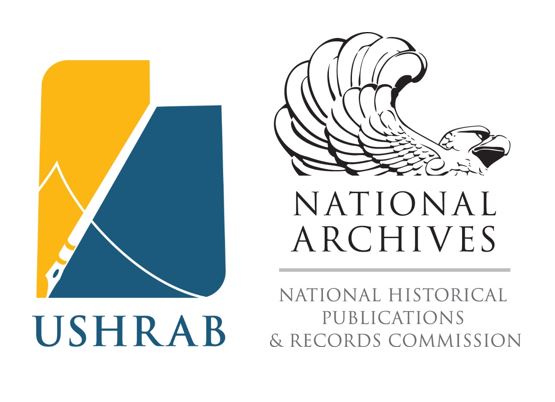
Recent Posts
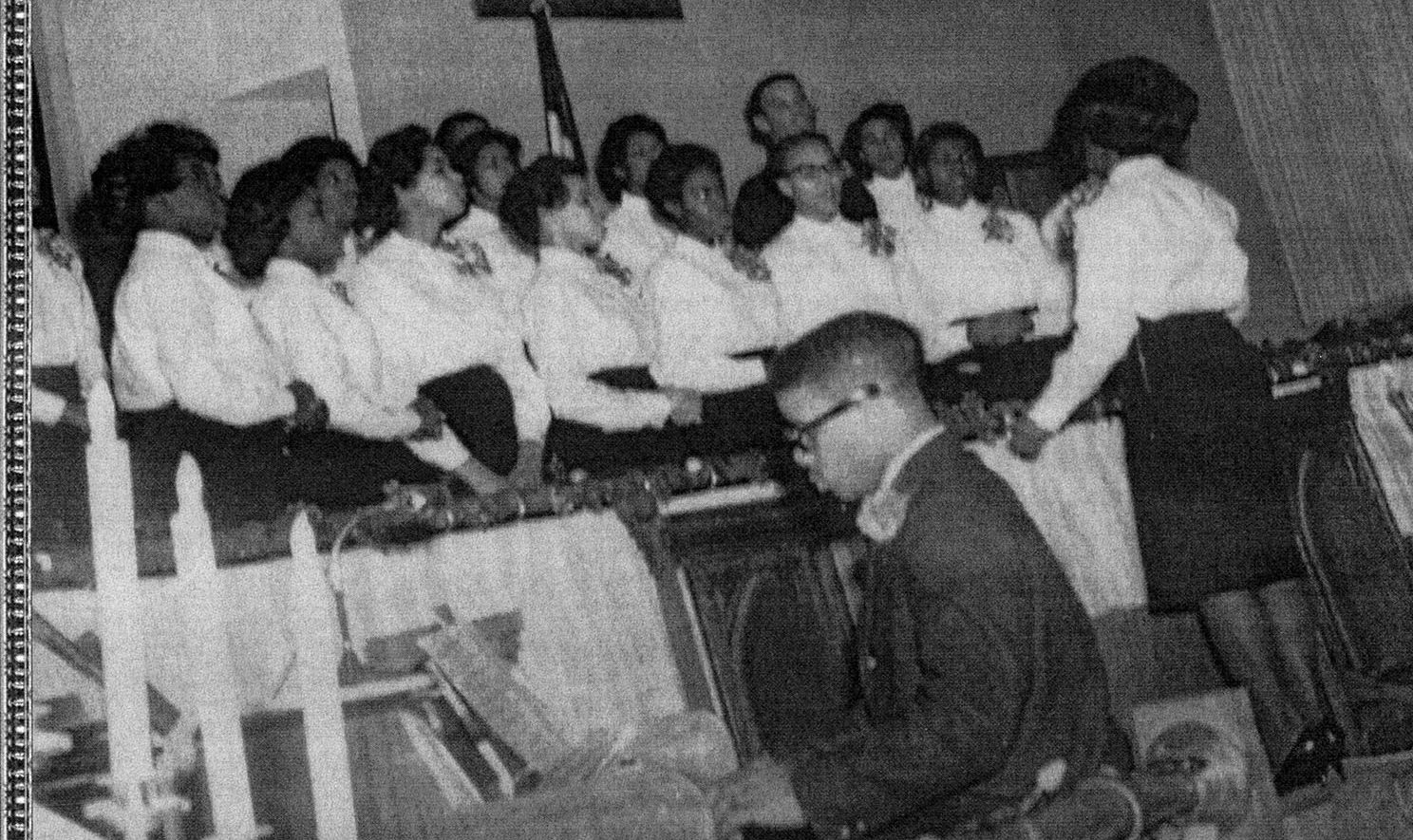
From Pews to Pixels: Weber State’s Stewart Library Digitizes New Zion Baptist Church’s Legacy
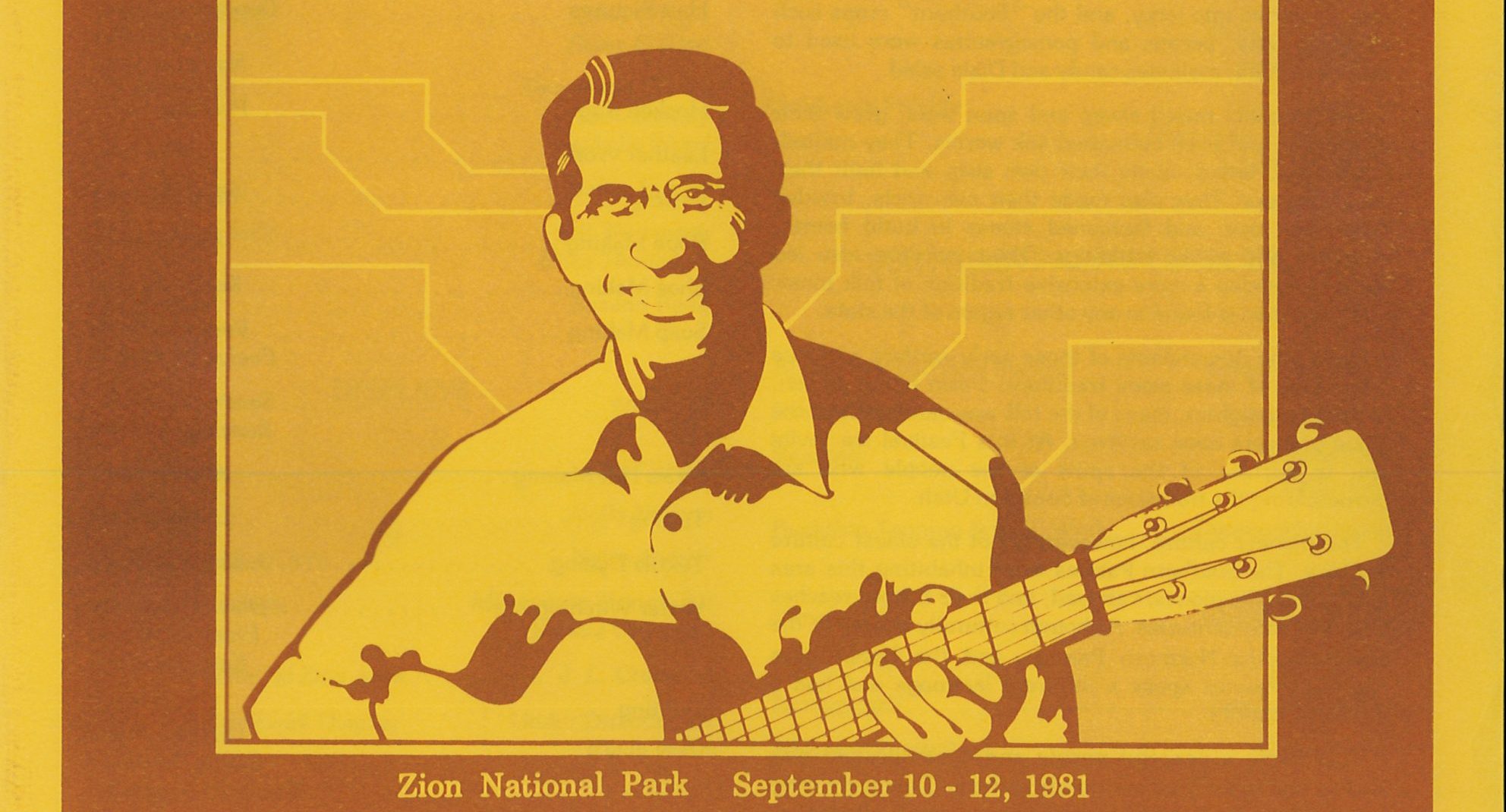
New Finding Aids at the Archives: March 2024
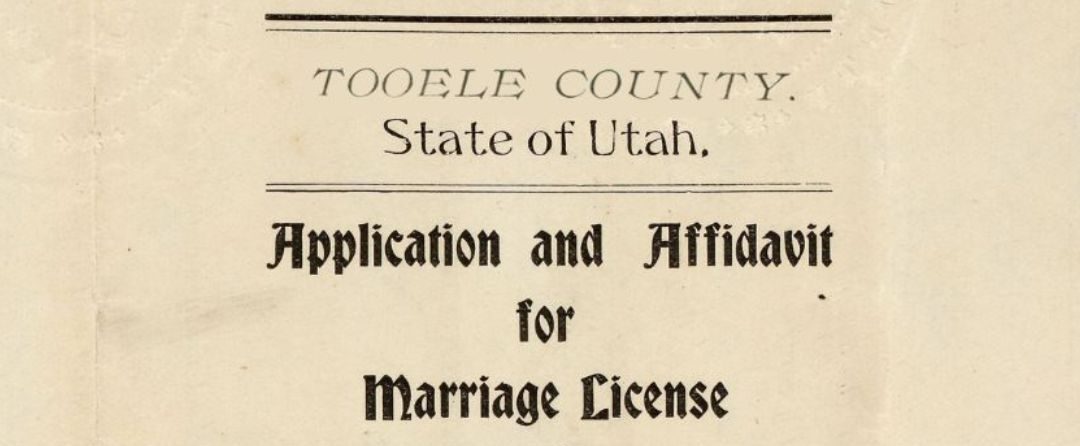
Sealing the Deal: Tooele County Clerk’s Office Unlocks the Vault with Historic Marriage Records
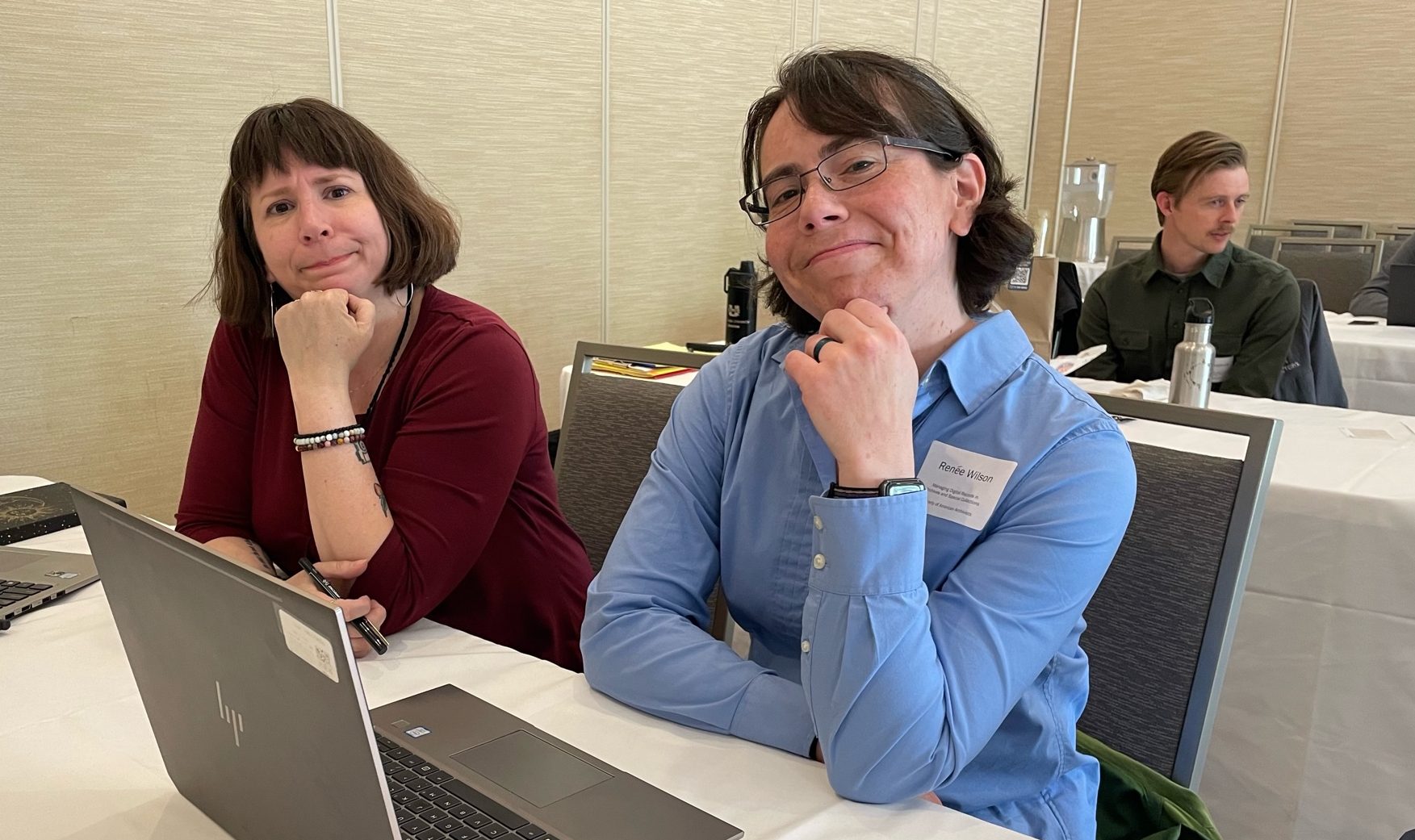
Summer 2024 Internships
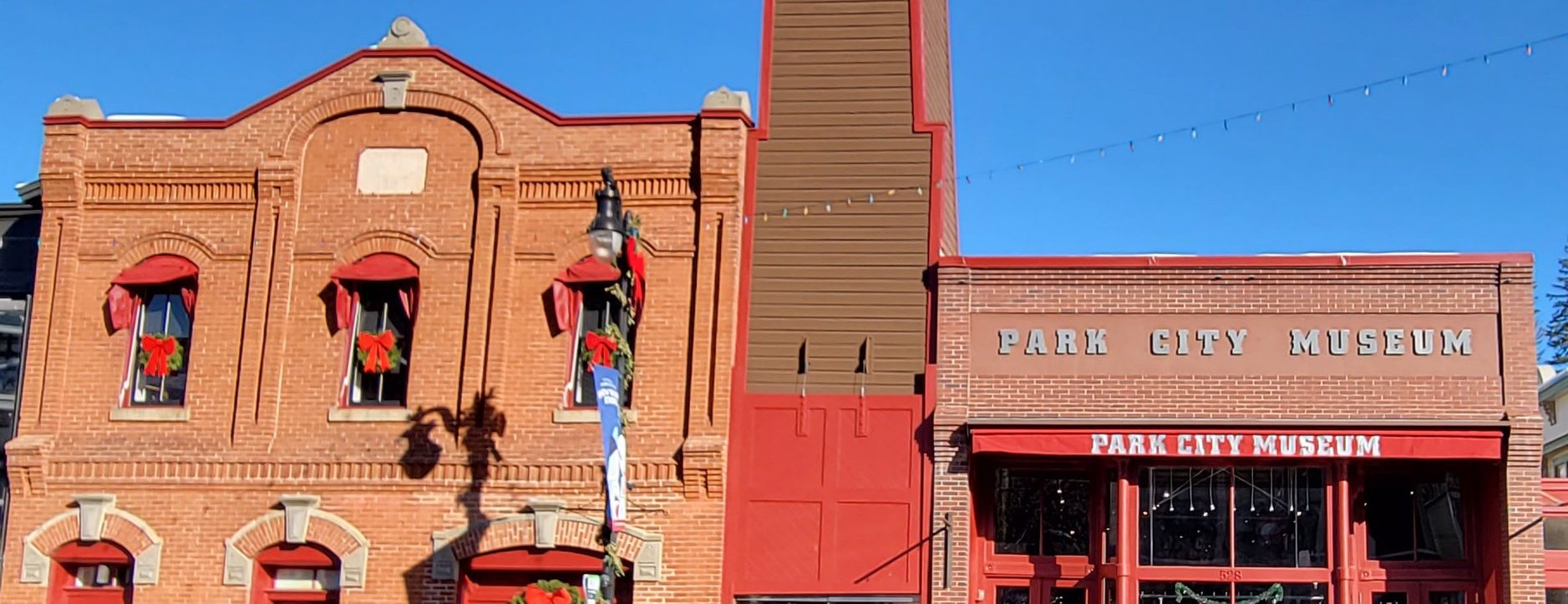
Developing History: Park City Museum’s Snapshot into the Past
Authors
Categories
- Digital Archives/
- Electronic Records/
- Finding Aids/
- General Retention Schedules/
- GRAMA/
- Guidelines/
- History/
- Legislative Updates/
- News and Events/
- Open Government/
- Records Access/
- Records Management/
- Records Officer Spotlights/
- Research/
- Research Guides/
- State Records Committee/
- Training/
- Uncategorized/
- Utah State Historical Records Advisory Board/